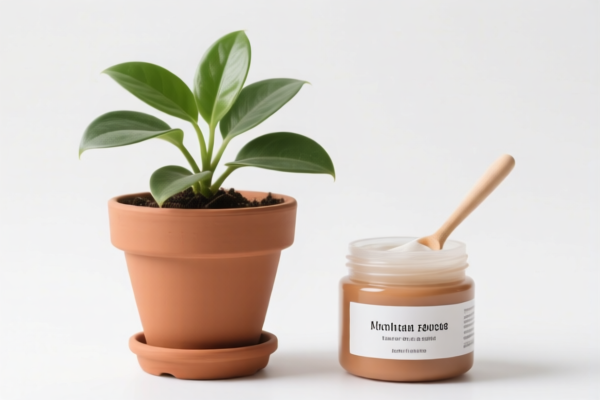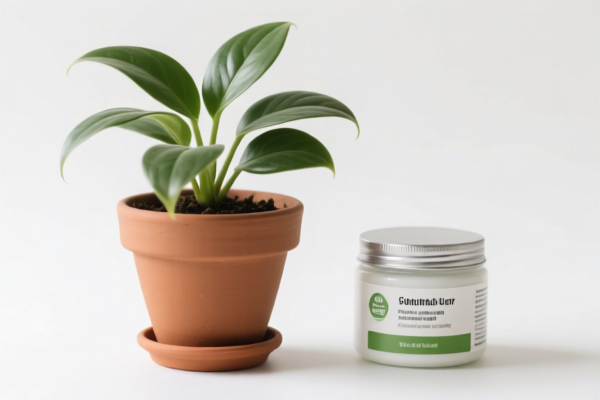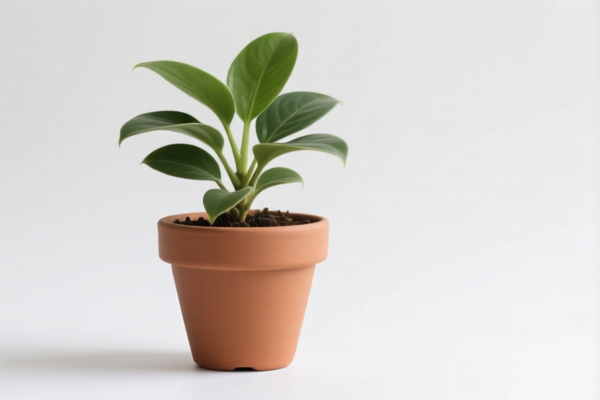| HS Code | Official Doc | Tariff Rate | Origin | Destination | Effective Date |
|---|---|---|---|---|---|
| 1211908990 | Doc | 55.0% | CN | US | 2025-05-12 |
| 1211908940 | Doc | 55.0% | CN | US | 2025-05-12 |




Plant Potted Paste
Plant potted paste, commonly referred to as seed starting mix or potting soil (though technically distinct - see Common Types below), is a medium used for growing plants, particularly in containers. It provides support, aeration, and nutrients to facilitate root development and overall plant health.
Material Composition
The composition varies depending on the intended use and specific brand, but common components include:
- Peat Moss: Provides good water retention and aeration. Historically very common, though sustainability concerns are leading to increased use of alternatives.
- Coir: A coconut fiber byproduct, offering similar properties to peat moss with better sustainability.
- Vermiculite: A mineral that improves aeration, water retention, and provides some nutrients.
- Perlite: A volcanic glass that enhances drainage and aeration.
- Compost: Decomposed organic matter, adding nutrients and beneficial microbes.
- Sand: Improves drainage. The type of sand is important; horticultural sand is preferred.
- Bark: Often used for larger container plants, providing stability and drainage.
- Fertilizers: May include slow-release fertilizers or starter nutrients.
- Lime: Used to adjust pH.
Purpose
The primary purpose of plant potted paste is to provide a suitable growing environment for plants, specifically:
- Seed Starting: A fine, lightweight mix allows for delicate root emergence.
- Transplanting: Provides a consistent medium for plants moved from seed trays or smaller containers.
- Container Gardening: Supports plant growth in pots, hanging baskets, and other containers.
- Hydroponics: Certain mixes are formulated for hydroponic systems.
Function
Plant potted paste functions by:
- Providing Support: Anchors plant roots.
- Retaining Moisture: Holds water for plant uptake.
- Allowing Aeration: Provides oxygen to roots, preventing rot.
- Delivering Nutrients: Supplies essential elements for plant growth.
- Maintaining pH: Provides a suitable acidity level for nutrient absorption.
Usage Scenarios
- Indoor Seed Starting: Commonly used for starting vegetable, flower, and herb seeds indoors before transplanting outdoors.
- Container Vegetable Gardens: Growing tomatoes, peppers, lettuce, and other vegetables in pots on patios, balconies, or rooftops.
- Flower Pots: Supporting annuals, perennials, and flowering shrubs in containers.
- Herb Gardens: Growing culinary and medicinal herbs in pots.
- African Violet and Orchid Growing: Specialized mixes cater to the unique needs of these plants.
- Re-potting: Refreshing the growing medium for established plants.
Common Types
- Seed Starting Mix: A very fine, lightweight mix, often sterile, designed for germinating seeds. Typically contains peat moss, vermiculite, and perlite.
- Potting Mix: A general-purpose mix for transplanting and container gardening. Contains a blend of peat moss, coir, vermiculite, perlite, and compost.
- Container Mix: Similar to potting mix, but often heavier and contains more bark for larger plants.
- African Violet Mix: Specifically formulated for the needs of African Violets, with good drainage and aeration.
- Orchid Mix: Typically contains bark, perlite, and charcoal for excellent drainage and aeration.
- Cactus & Succulent Mix: Contains sand, perlite, and other materials for fast drainage.
- Peat-Free Mix: Increasingly popular, utilizing coir and other sustainable alternatives to peat moss.
Plants and parts of plants (including seeds and fruits), of a kind used primarily in perfumery, in pharmacy or for insecticidal, fungicidal or similar purposes, fresh, chilled, frozen or dried, whether or not cut, crushed or powdered.
Here are the relevant HS codes based on the provided reference material:
- 1211908990: This HS code covers plants and parts of plants used primarily in perfumery, pharmacy, or for insecticidal/fungicidal purposes, fresh, chilled, frozen, or dried, whether cut, crushed, or powdered. It specifically falls under “Other: Other: Fresh or dried”. This is a broad category for such plants not specifically listed elsewhere.
- 12: Chapter 12 relates to oil seeds and oleaginous fruits, and plants of a kind used in perfumery, pharmacy, or for insecticidal, fungicidal or similar purposes.
- 11: Heading 11 specifies plants and parts of plants, including seeds and fruits, used primarily in perfumery, pharmacy, or for insecticidal/fungicidal purposes.
- 9089: This subheading further defines “Other” within the broader category, encompassing fresh or dried plants not falling into more specific classifications.
- 1211908940: This HS code covers plants and parts of plants used primarily in perfumery, pharmacy, or for insecticidal/fungicidal purposes, fresh, chilled, frozen, or dried, whether cut, crushed, or powdered. It specifically covers “Other: Other: Fresh or dried Basil”.
- 12: Chapter 12 relates to oil seeds and oleaginous fruits, and plants of a kind used in perfumery, pharmacy, or for insecticidal, fungicidal or similar purposes.
- 11: Heading 11 specifies plants and parts of plants, including seeds and fruits, used primarily in perfumery, pharmacy, or for insecticidal/fungicidal purposes.
- 9089: This subheading further defines “Other” within the broader category, encompassing fresh or dried plants not falling into more specific classifications, specifically Basil.
According to the provided reference material, the HS code options related to 'plant potted paste' are limited, with only the following 2 found.
Both HS codes have a base tariff of 0.0%, a surcharge of 25.0%, and a surcharge of 30.0% after April 2, 2025, resulting in a total tariff of 55.0%.
Customer Reviews
No reviews yet.